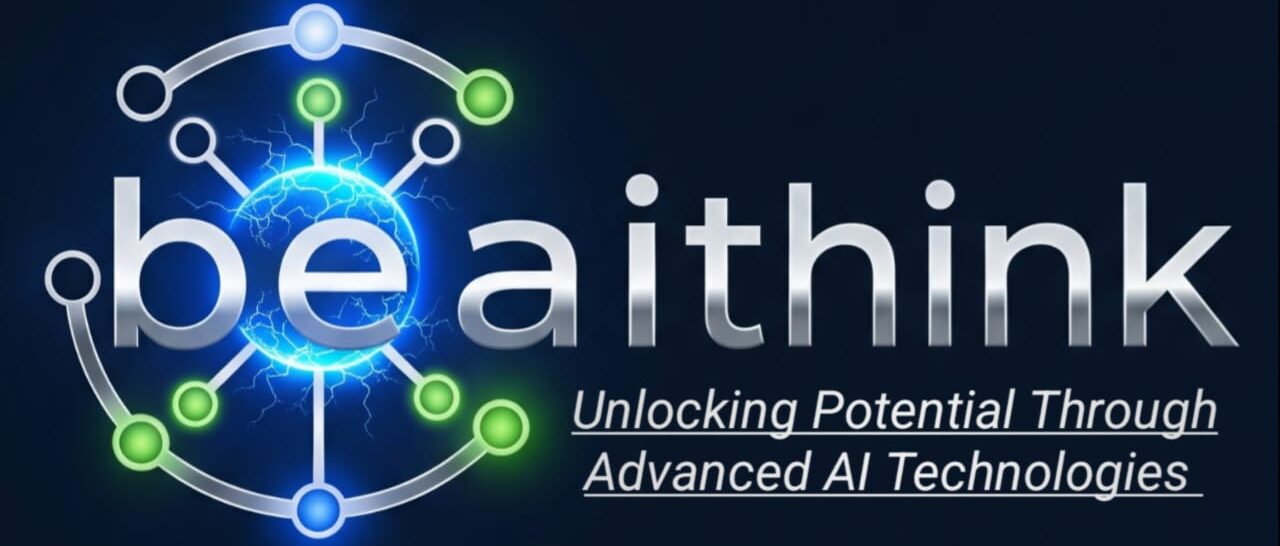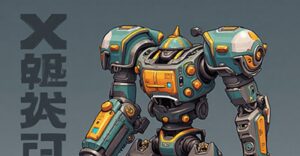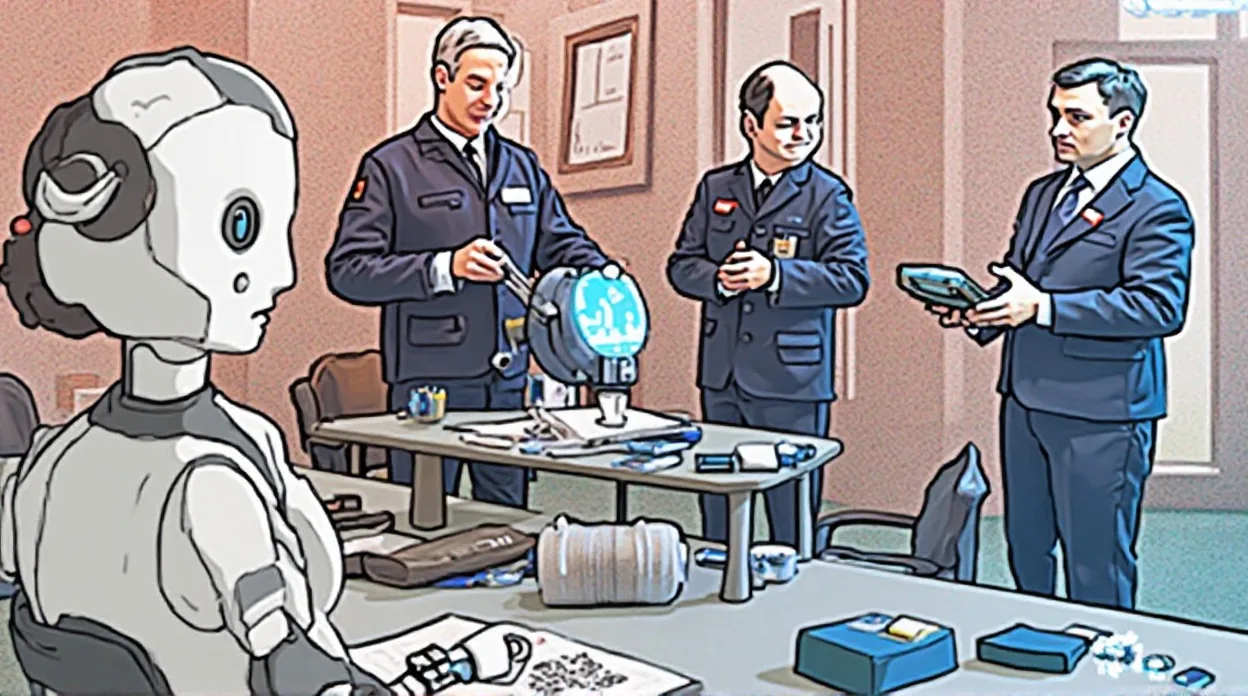The whispers have been growing into a roar, and today, that roar is confirmed: OpenAI is on the cusp of releasing GPT-5, a model poised to redefine the very fabric of digital creativity. Our exclusive insights, gathered from deep within the AI community and leaked internal documents, reveal a technological leap that is not merely incremental but truly foundational, promising to permanently alter how artists, designers, writers, musicians, and innovators interact with their craft.
Sources close to OpenAI indicate a launch in mid-August 2025, with rigorous safety checks currently underway. This highly anticipated release comes after a period of intense development and a slight delay, a testament to the sheer complexity and potential impact of what lies beneath the hood of GPT-5.
A Unified Intelligence: Beyond Multimodal
While GPT-4 introduced revolutionary multimodal capabilities, allowing it to understand and generate content across text and images, GPT-5 is taking this to an unprecedented level. Our sources reveal that GPT-5 will feature a “unified model design” that integrates reasoning capabilities previously found in OpenAI’s specialized “O” series models with the multimodal features of the GPT series.
“This isn’t just about handling text and images better,” explains a lead researcher, who wishes to remain anonymous due to confidentiality agreements. “GPT-5 is designed to think more like a human, seamlessly blending different forms of input and output. Imagine a single AI that can not only write a compelling narrative but also instantly generate corresponding visuals, compose a soundtrack, and even animate it – all while maintaining a consistent stylistic and thematic thread.”
This “unified intelligence” is a game-changer. Currently, many creative workflows involving artificial intelligence (AI) require switching between different models for various tasks – one for writing, another for image generation, a third for audio. GPT-5 promises to eliminate these friction points, creating a streamlined and intuitive experience that blurs the lines between ideation and execution.
The Dawn of “Smart Mode” and Deeper Reasoning
One of the most exciting revelations is the integration of a “Smart Mode,” which Microsoft is already reportedly preparing for its Copilot service. This mode will empower GPT-5 to dynamically adjust its response strategy, deciding whether to provide a rapid, concise answer or engage in more complex, nuanced reasoning based on the user’s input. This capability stems from GPT-5’s significantly enhanced problem-solving abilities and contextual awareness.
“We’ve seen prototypes where GPT-5 can deconstruct highly abstract concepts and then rebuild them in novel, creative ways,” shares an insider who participated in early testing. “Its ability to understand and generate across a much larger context window means it can maintain coherence and evolve creative projects over extended interactions, remembering earlier ideas and seamlessly integrating them into new iterations.”
This expanded “memory” is crucial for long-form content creation, intricate design projects, and iterative development processes. For example, a novelist could feed GPT-5 an entire manuscript, and the AI could not only offer plot suggestions but also generate character portraits, scene descriptions, and even voice-over narration, all while understanding the underlying themes and stylistic nuances of the original text.
Unleashing New Creative Possibilities: Beyond Automation
The impact on digital creativity will be profound and multifaceted:
-
Accelerated Ideation and Prototyping: Designers will be able to rapidly iterate on concepts, generating dozens of variations for logos, website layouts, or product designs in minutes. Architects could explore complex structural forms and visualize them in realistic environments with unprecedented speed.
-
Personalized Content at Scale: Marketers and content creators will gain the ability to generate highly personalized campaigns across multiple modalities – text, images, video, and audio – tailored to individual audience segments with minimal human oversight. This will revolutionize how brands connect with consumers.
-
Democratization of Advanced Creative Tools: GPT-5’s intuitive interface and integrated capabilities will lower the barrier to entry for complex creative tasks. Individuals with limited technical expertise will be able to produce professional-grade digital art, music, and multimedia content, fostering a new wave of independent creators.
-
Enhanced Storytelling: Writers will find an unparalleled collaborative partner in GPT-5, capable of generating intricate plotlines, developing diverse characters, and crafting dialogue that rings true. Filmmakers could use it to storyboard entire scenes, generate concept art, and even prototype animated sequences.
-
Revolutionizing Music and Sound Design: While details are still emerging, hints suggest GPT-5’s multimodal understanding will extend to audio. Imagine an AI that can not only compose original music in any genre but also generate sound effects that perfectly match visual elements, or even vocal performances with nuanced emotions.
-
Transforming Education and Research: Educators could create dynamic, interactive learning materials that integrate text, visuals, and other media to enhance student engagement. Researchers might leverage GPT-5 to process vast datasets, summarize complex papers, and even propose novel hypotheses based on existing knowledge, accelerating discovery in various fields.
The Ethical Imperative: Safety First
OpenAI has publicly stated that robust safety testing is a top priority before the rollout. This includes addressing concerns around misinformation, bias, and potential misuse. The delay in the release of their open-source model further underscores their commitment to safety, prioritizing thorough review of “high-risk areas.” This cautious approach is critical as the capabilities of models like GPT-5 become increasingly powerful.
“The power of GPT-5 comes with immense responsibility,” says a spokesperson for a leading AI ethics watchdog. “It’s encouraging to see OpenAI prioritizing safety. The potential for misuse is significant, but so is the potential for positive impact if developed and deployed ethically.”
Early references to GPT-5 in OpenAI’s internal BioSec Benchmark repository suggest the model is being tested for use in sensitive areas like biosecurity, indicating a high level of trust in its capabilities and a proactive approach to potential risks.
The Competitive Landscape: OpenAI GPT-5 Aims to Regain the Lead
The AI landscape has become incredibly competitive since the release of GPT-4. Companies like Google and Anthropic have made significant strides, and the market is hungry for the next big leap. With GPT-5, OpenAI is clearly aiming to reclaim its position at the forefront of AI development.
The rumored “mini” and “nano” versions of GPT-5, likely available through OpenAI’s API, will provide developers and businesses with flexible options, balancing power with faster performance or lower cost. This strategic move aims to accelerate adoption across a wider range of applications and industries.
While official details remain scarce, the consistent leaks and internal references paint a picture of a model that goes far beyond mere incremental improvements. The ability of GPT-5 to unify underlying reasoning and non-reasoning models into a single, cohesive system is a monumental step.
A Glimpse into the Future
The release of GPT-5 is not just another product launch; it’s a pivotal moment in the evolution of artificial intelligence and its integration into human creativity. It heralds an era where the boundary between human imagination and AI’s generative power becomes increasingly permeable, leading to unforeseen artistic expressions and unprecedented efficiencies in digital creation.
For those in the tech and creative fields, GPT-5 is more than just a tool; it’s a new collaborator, a silent partner capable of amplifying human ingenuity to levels previously unimaginable. The rules of digital creativity are not just changing; they are being fundamentally rewritten. And from our first look, the new rulebook promises a future far more vibrant, innovative, and limitless than anything we’ve known before. The digital creative landscape is about to experience a permanent shift, and the world is holding its breath.


